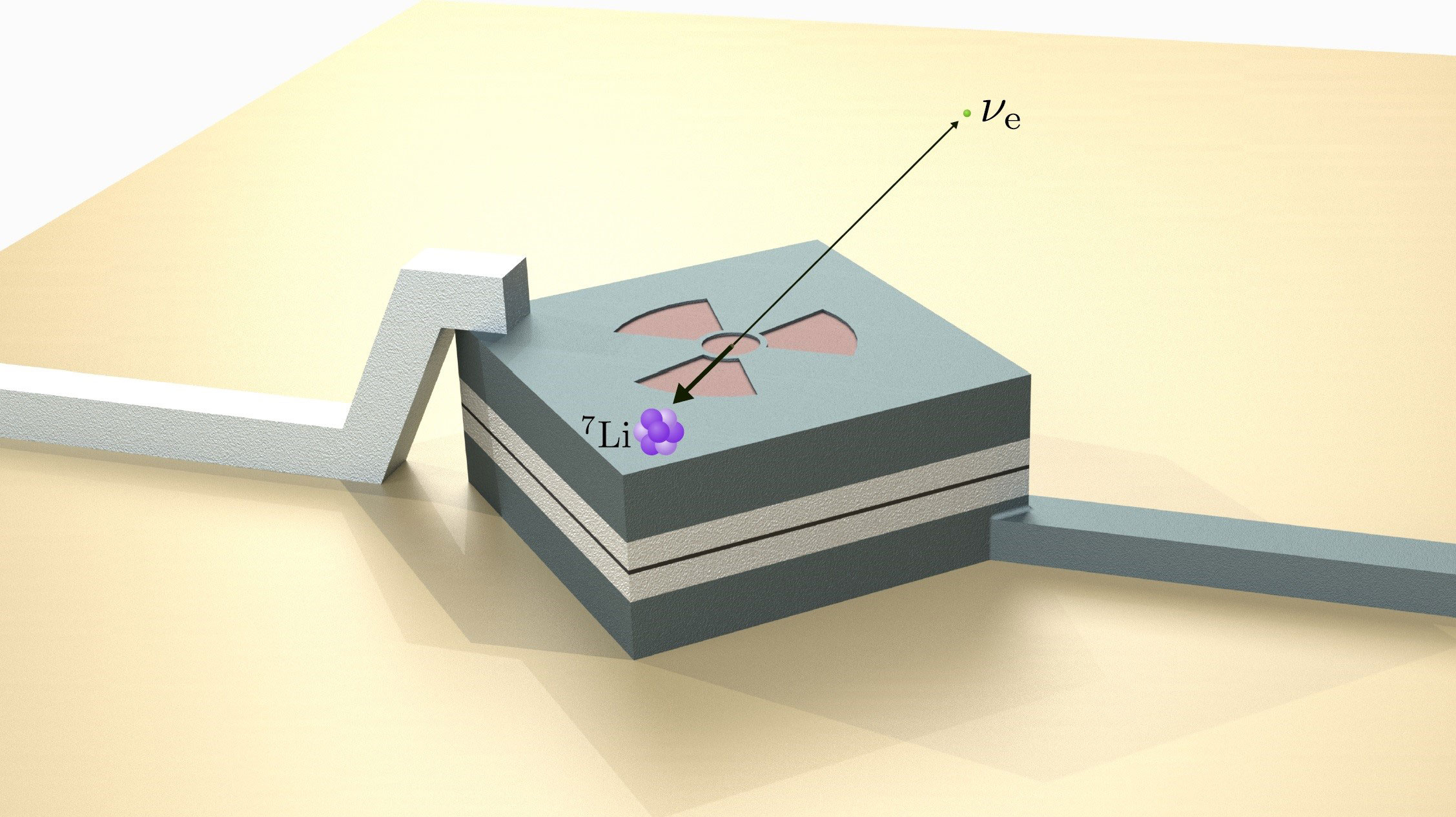
Hunting for Sterile Neutrinos with Quantum Sensors
A new approach for measuring nuclear recoils in superconducting quantum sensors enables the first limits on sterile neutrinos from beryllium-7 decay.

A new approach for measuring nuclear recoils in superconducting quantum sensors enables the first limits on sterile neutrinos from beryllium-7 decay.

New method enables fundamental liquid studies at nanoscale
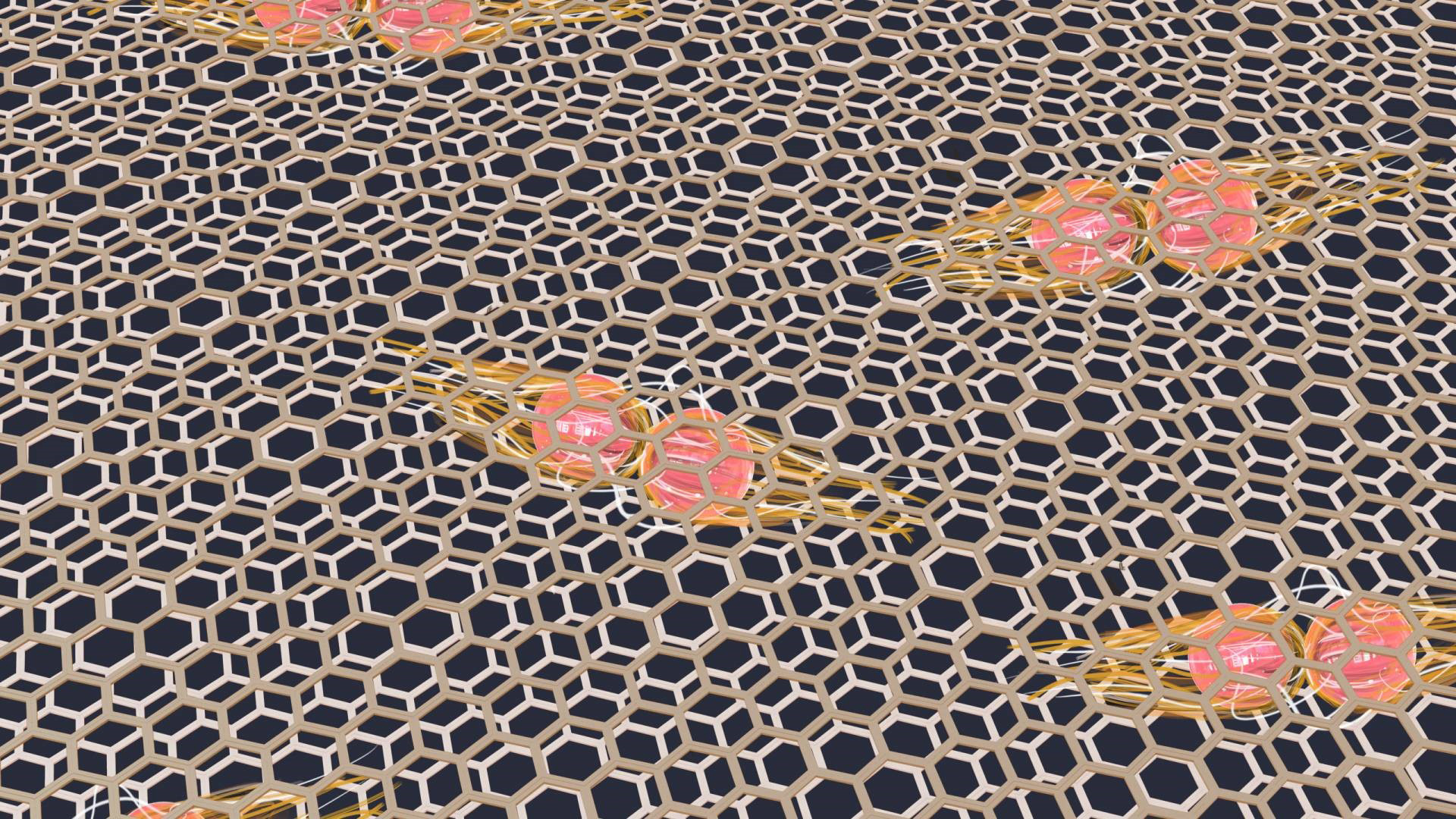
Experiments reveal how electron interactions play a role in a new type of superconductor made up of just two sheets of twisted graphene.
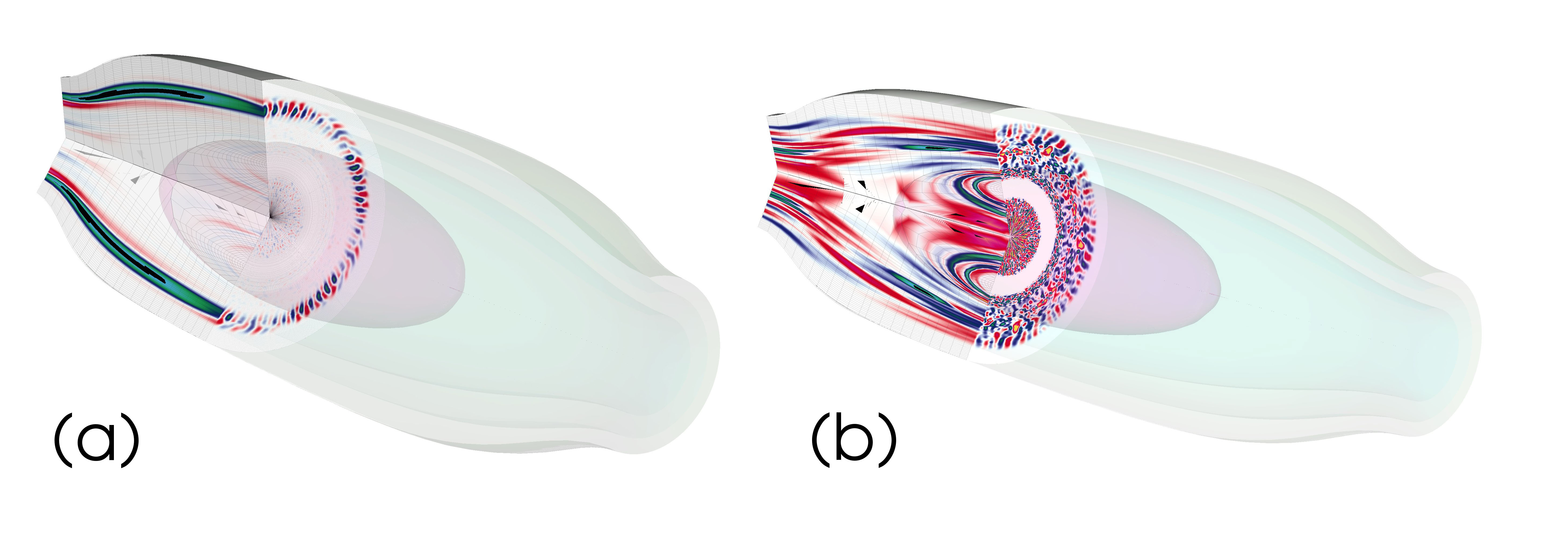
Developing computer models of the plasma in a unique device is helping a company take the next steps towards producing power
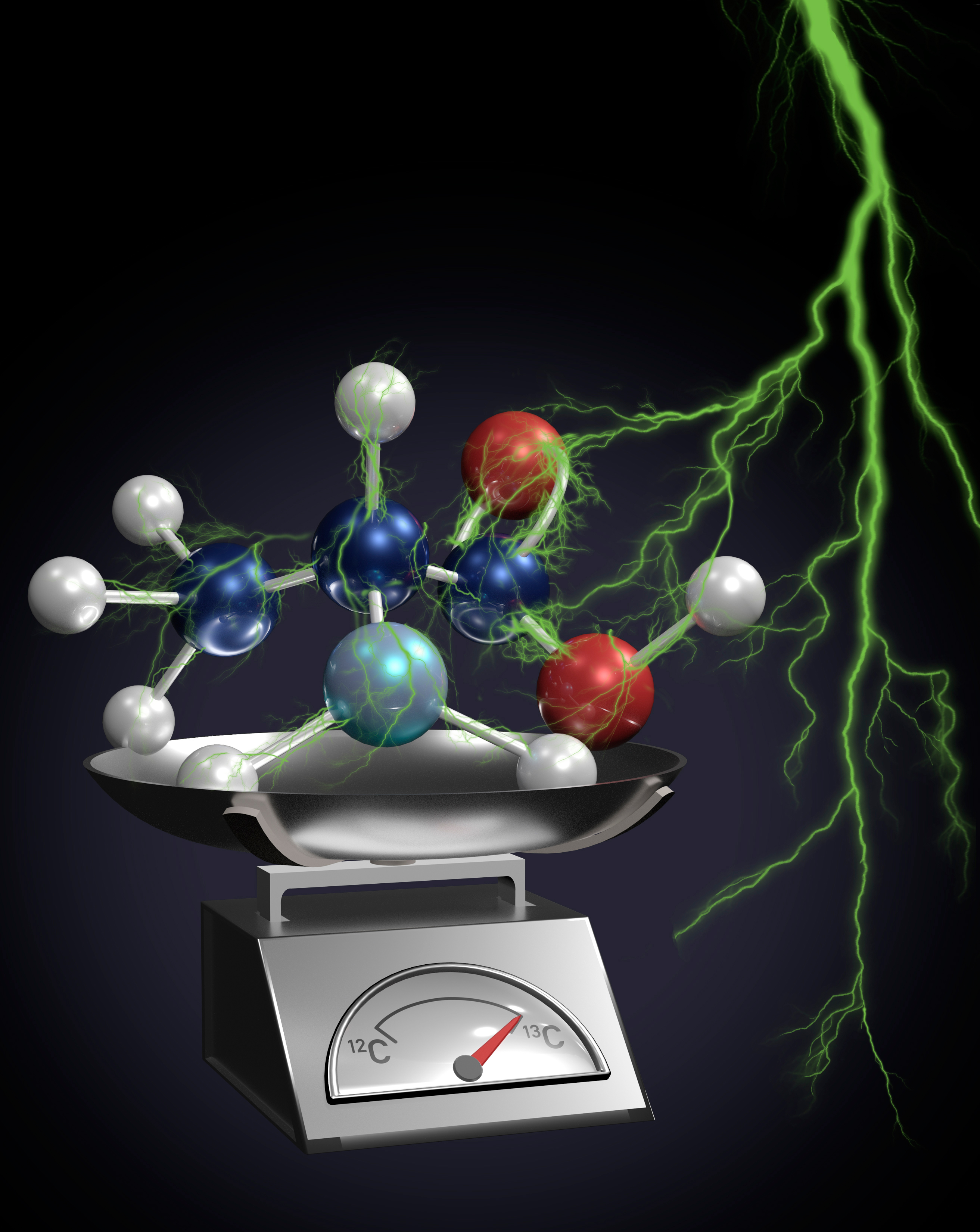
Novel isotope tracking brings nanoscale chemistry into view
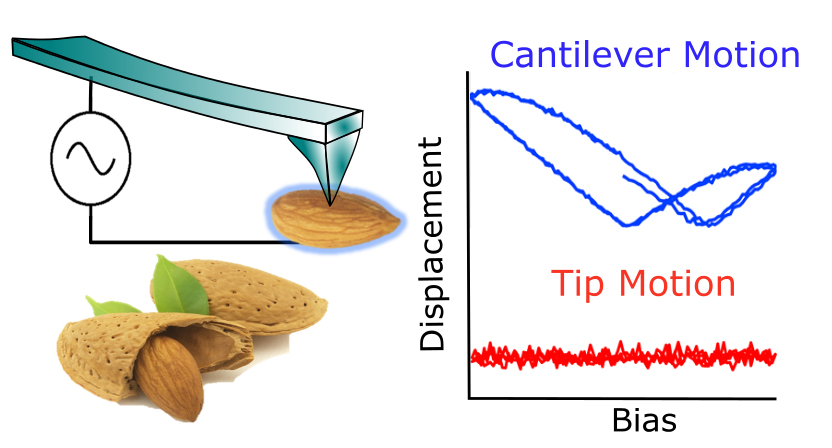
Novel microscopy method cuts instrument crosstalk, boosts accuracy
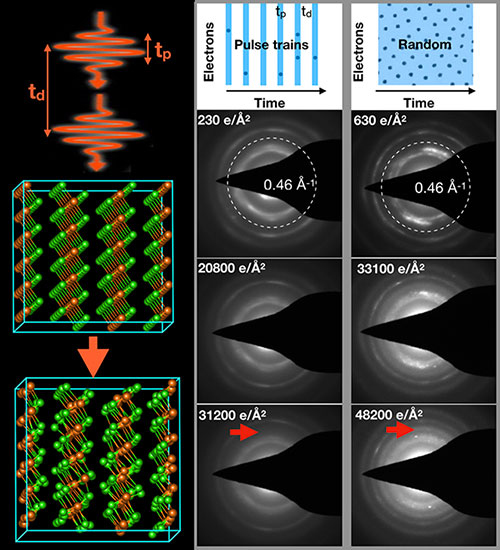
A new electron microscopy technique brings to light a plastic material’s atomic structure and has implications for renewable plastic.
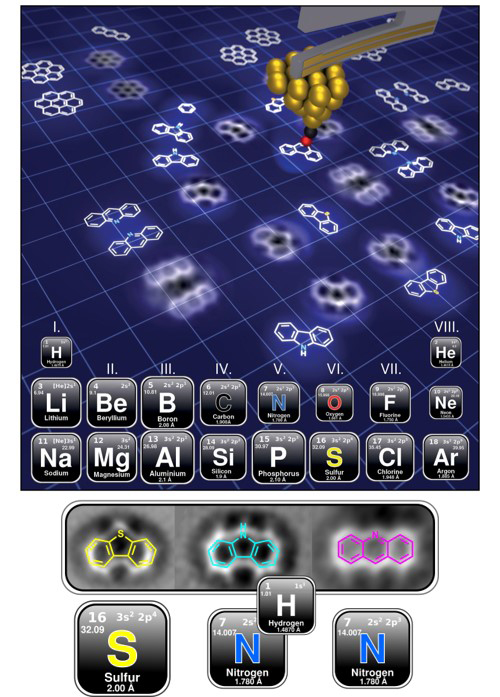
New method quickly identifies atoms that are neither carbon nor hydrogen in small molecules and resolves their chemical structures in complex mixtures.
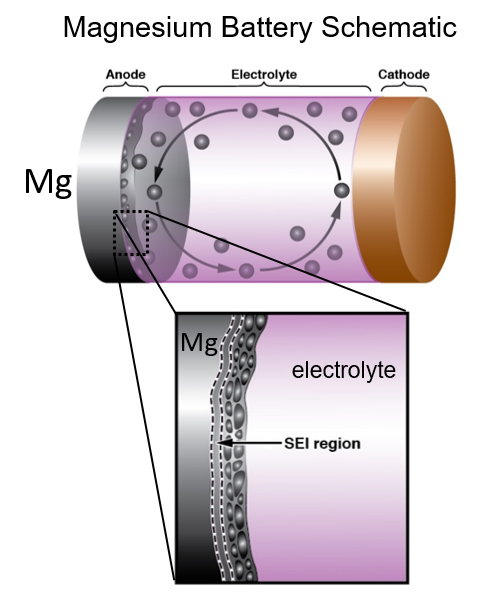
Magnesium metal anodes display improved cycling and temperature performance capabilities for rechargeable magnesium batteries.
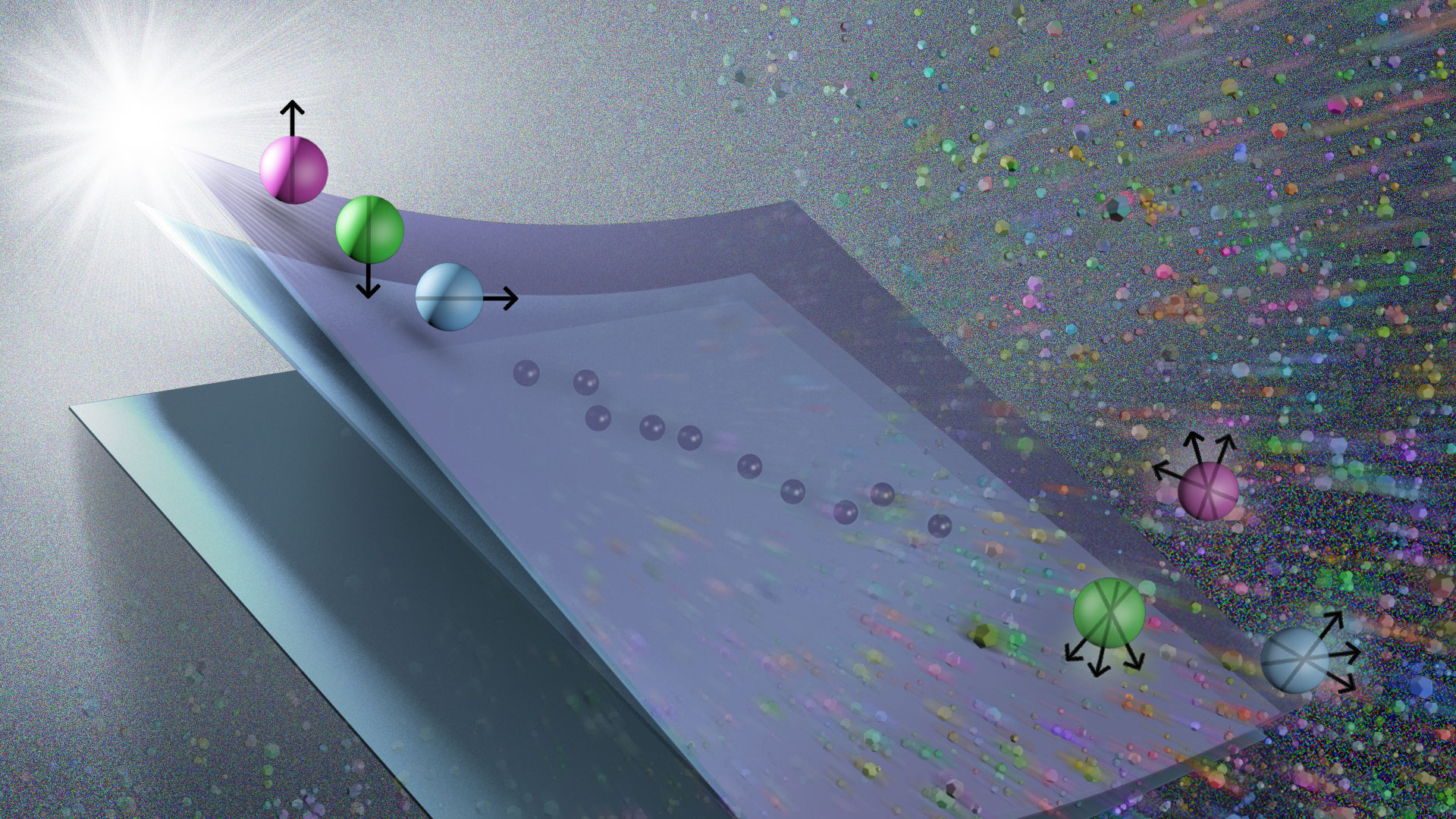
New methods quiet noise and reduce error in measurements of elusive quantum properties
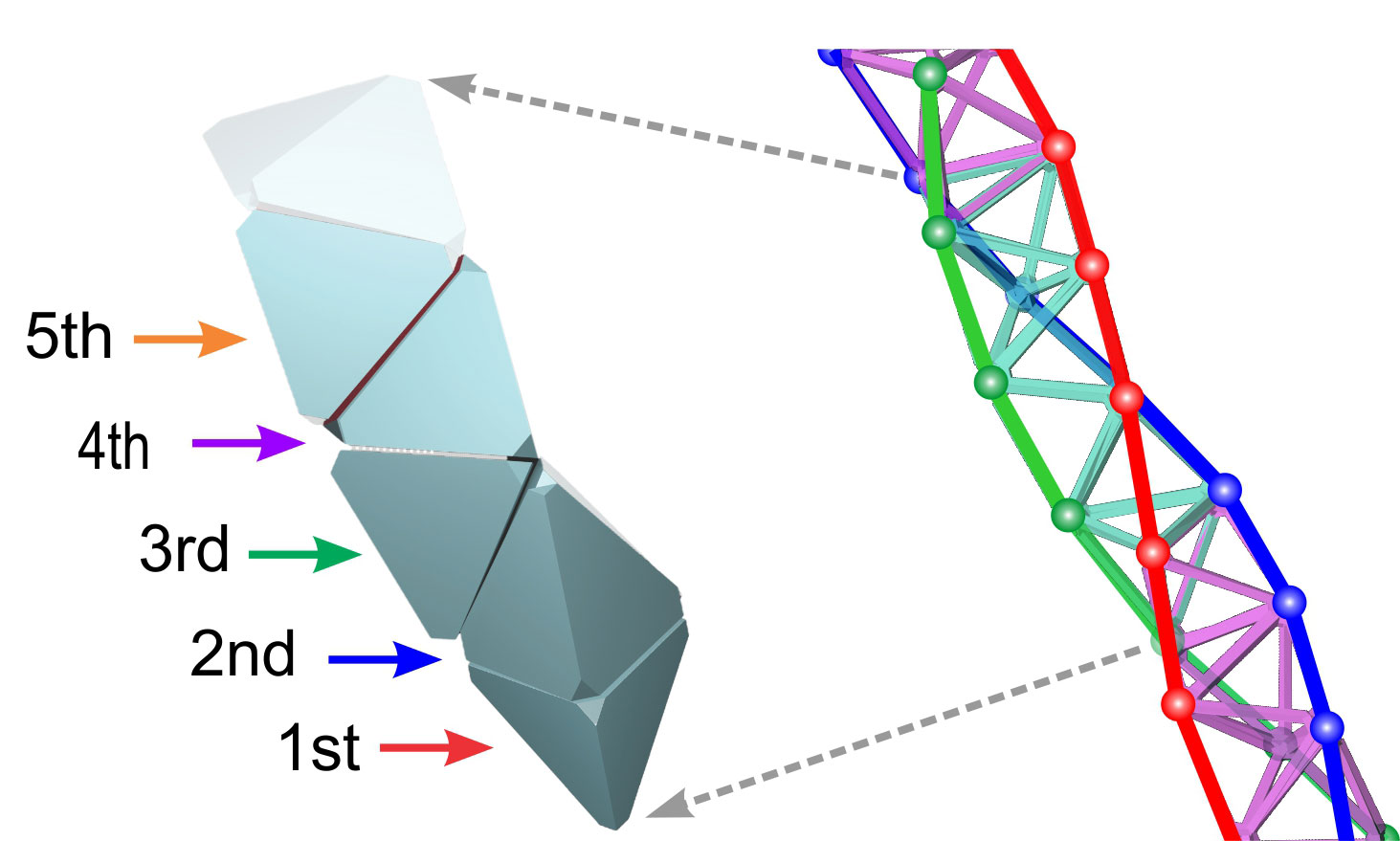
Scientists image complex superstructures self-assembled from tetrahedral quantum dots, expanding our understanding of forming small, complex crystals.
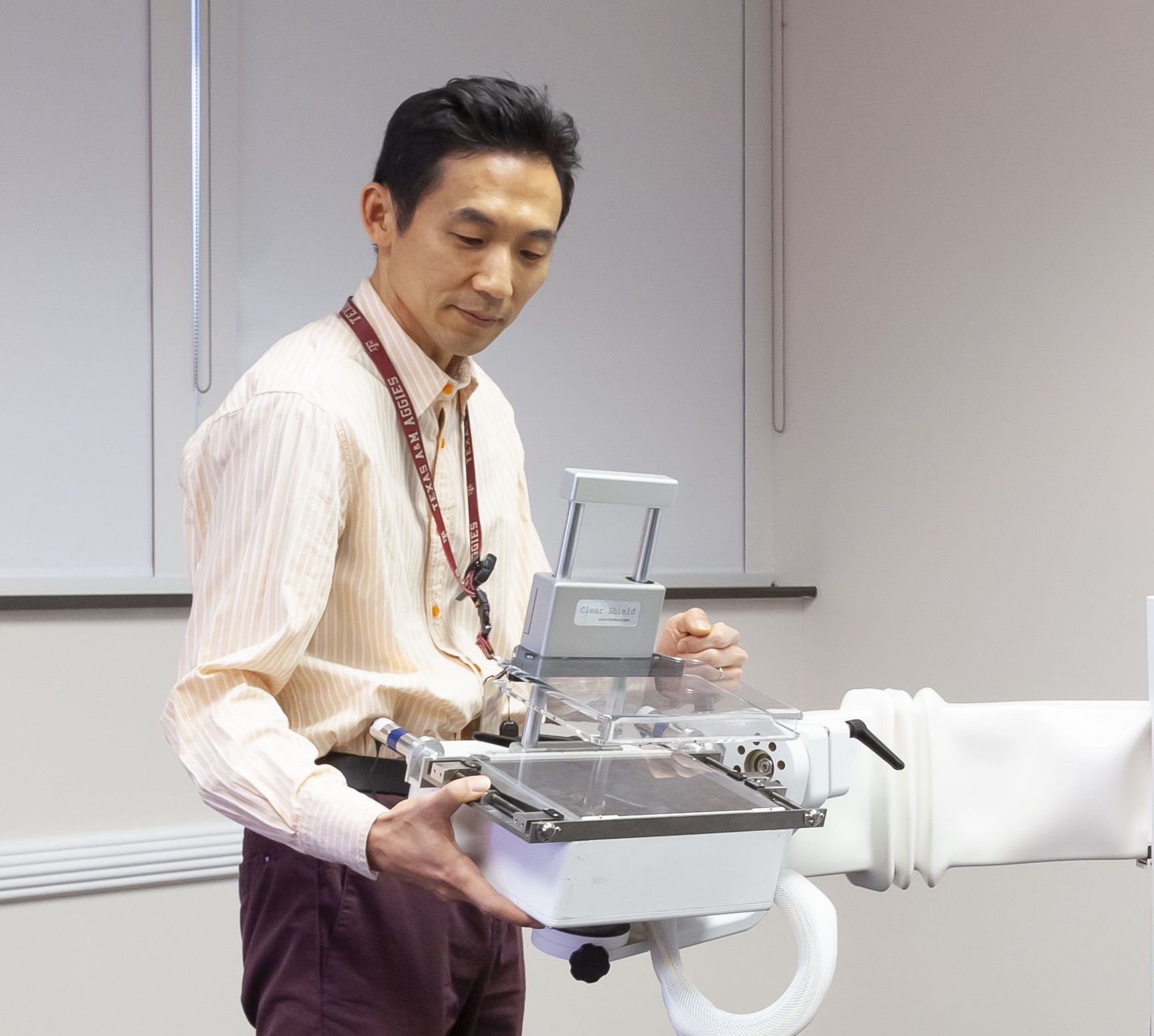
A new device may provide up to six times better contrast of tumors in the breast, while halving the radiation dose to patients.